light
Latest
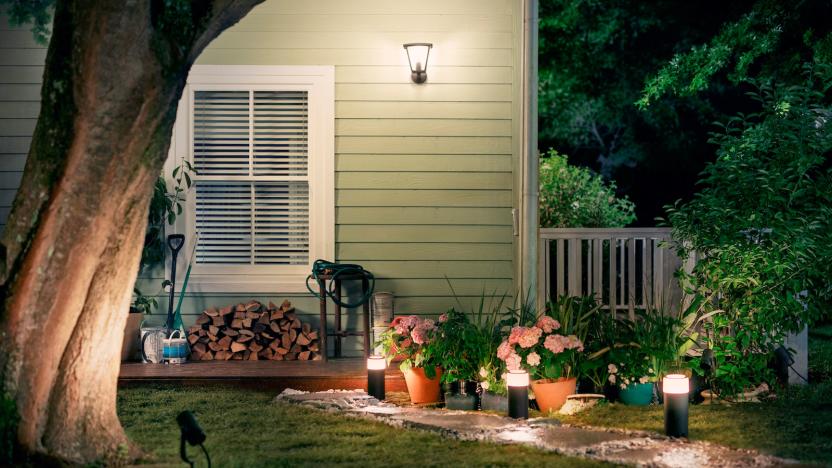
Philips introduces its first outdoor Hue lights (updated)
Philips Hue is a popular smart home lighting system, so it was only a matter of time before the company extended to the outdoors. Today, Philips announced its new outdoor range, which extends the light bulb system's smart features from within the home to its exterior.
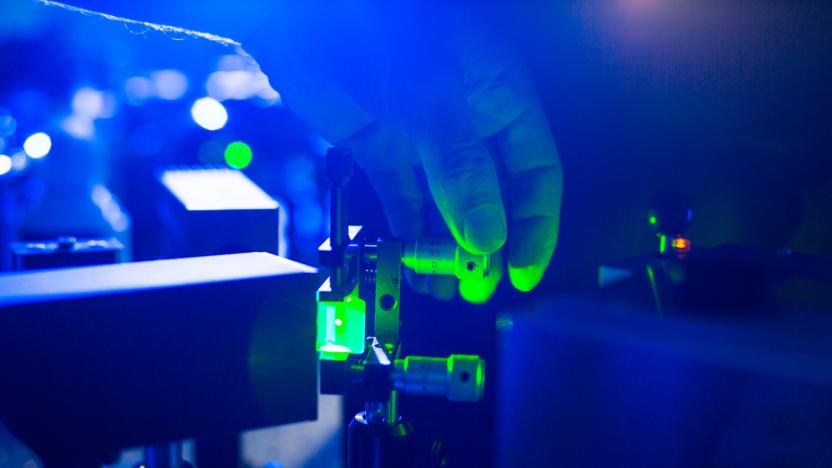
A new form of light could power next-gen quantum computers
Photons are among the most ubiquitous, but loneliest particles in the quantum world -- they're always around us, but don't interact with each other. Scientists from MIT and Harvard have managed quite a feat then, by observing groups of three photons interacting and sticking together to create a new weird form of light. The research is purely experimental for now, but could enable researchers to entangle photons, a key part of building quantum computers.

Philips Hue lights will sync with music and games on your PC
Philips' team-up with Razer is just the start of Hue-to-PC syncing. The lighting behemoth is preparing to launch a Hue Sync app that will let you sync games, movies and music on any Windows 10 PC or High Sierra-equipped Mac. While the exact functionality is under wraps, it's easy to imagine turning the room blood red when you play death metal, or dimming the lights when you settle in for a Netflix marathon.

Our nights keep getting brighter
Our nights are getting brighter and they have been every year since 2012, according to a new study published today in Science Advances. Researchers led by Christopher Kyba at the GFZ German Research Centre for Geosciences used satellite imagery to track changes in nighttime outdoor artificial lighting around the world and they found that between 2012 and 2016, the amount of lit area grew by 2.2 percent per year. The amount of brightness from continuously lit areas also increased by 2.2 percent per year. So not only is more area being illuminated at night, already lit areas are getting even brighter. "We're losing more and more of the night on a planetary scale," said the journal's editor, Kip Hodges.

Corkscrew light beams could lead to practical quantum computers
Who said light only had to travel in boring waves or particles? Not Harvard. Its researchers have found a way to spin light into complex states that promise breakthroughs in multiple fields. They've built metasurfaces whose elaborate optics combine two kinds of light momentum (orbital angular and spin angular) to send light into corkscrews, spirals or even fork-like shapes. If you want to change the light state, you just need to change the polarization of that light.

Scientists made the first 'unhackable' quantum video call
Following extensive testing earlier this year, China has now deployed its quantum communications work in the form of the first ever quantum-safe video call. The call, between the Chinese Academy of Sciences and the Austrian Academy of Sciences, marks a secure communications breakthrough which will have a huge impact on the way sensitive information is shared between distant parties.

Magic Leap is experimenting with light-bending nanomaterials
Mixed reality company Magic Leap is cagey with its tech, to say the least. However, it has released a research paper in conjunction with Berkeley Lab that hints on what it's doing. The team developed new materials that can take in light from more angles than before and redirect it with minimal losses. That could aid not only its mixed reality (MR) headset, which reportedly uses wave-guiding tech similar to the Hololens, but spark breakthroughs in holograms, invisibility cloaks and more.

IKEA smart lights will play nicely with Apple HomeKit this fall (update)
IKEA's Tradfri smart lighting line is an impressive system at a relatively affordable price point, and it just got even better. Earlier this year, IKEA announced that it would be integrating Tradfri with Apple's HomeKit. Today, the Swedish furniture company pushed an update to all existing hubs that does just that. What's more, Ikea bulbs will now work with Philips devices, meaning you don't have to buy an IKEA hub if you have a Hue Bridge compatible with HomeKit. Bulbs will come in multiple colors starting in October.
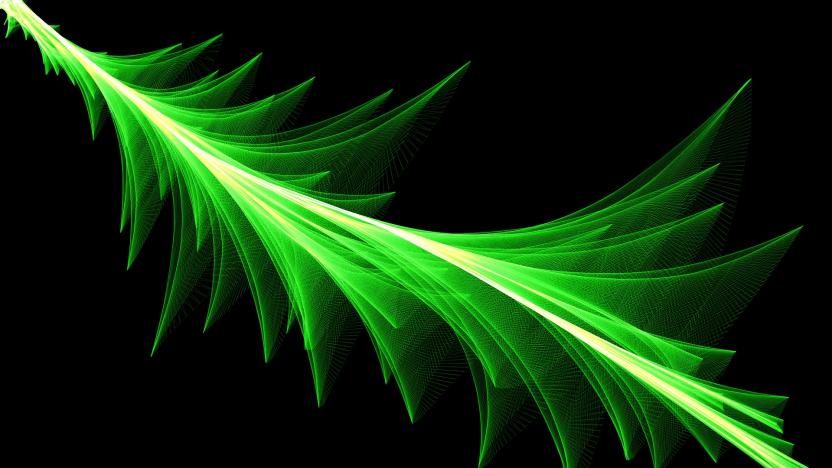
China is launching an 'unhackable' quantum messaging service
China has been active in the field of quantum cryptography lately, and now it's gearing up to use the technology in an "unhackable" government messaging service. While existing internet and telephone cables can easily be tapped, quantum networks send messages embedded in particles of light. If a third party tries to hack the network, the quantum nature of the particles will distort the communication, causing it to be lost.
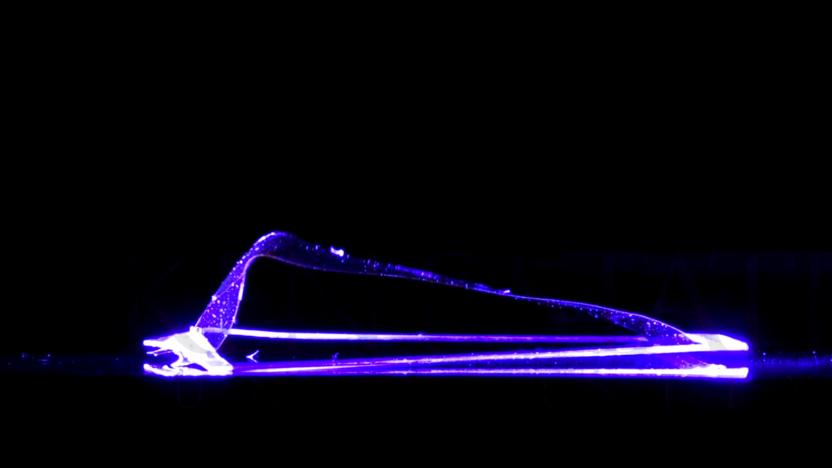
Light-powered 'robot' cleans while it crawls
Scientists in the UK and Netherlands have developed the first-ever device that can "walk" along like a caterpillar using a single, constant light source for power. The concept is clever: A polymer material is installed in a frame shorter than itself to create a bulge. By shining a concentrated, violet LED on the front of the bulge, it contracts, exposing the next part of the strip to the light. That creates a continuous, relatively powerful movement that could be used to "transport small items in hard-to-reach places or to keep the surfaces of solar cells clean," the team says.
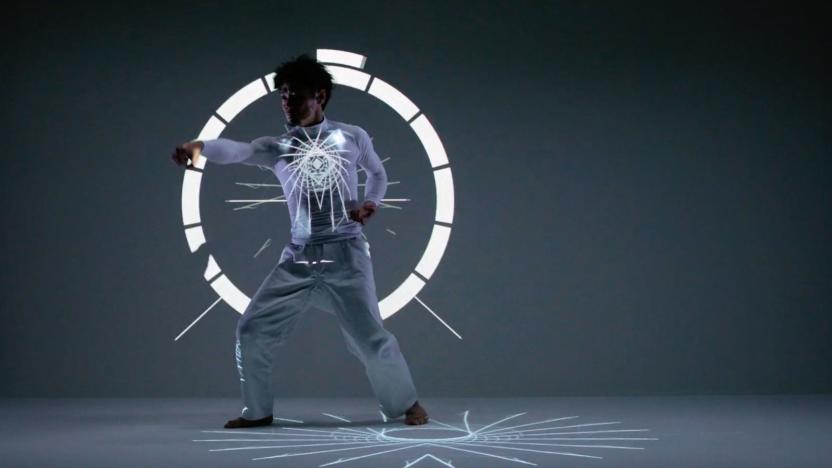
Real-time tracking and projection mapping keeps getting better
Japanese creative studio P.I.C.S. have set a mindbending new standard for real-time tracking and projection mapping with their latest visual creation, EXISDANCE. The technology has been around for a while, although it arguably first captured the mainstream public's imagination at the Grammy's last year, when a red bright lightning bolt appeared on Lady Gaga's face during her David Bowie tribute.

Light-sensitive bacteria could save you during a heart attack
Heart attacks are frightening by themselves, but they're made worse by the potential for lasting damage. Even a brief interruption to blood flow could permanently destroy vital tissue that keeps your heart beating as usual. However, there might be a way to mitigate or even prevent that damage. Scientists have discovered that a light-sensitive bacteria, synechococcus elongatus, can keep oxygen coming in the midst of a heart attack. Much like a plant, the bacteria both draws on photosynthesis for energy and turns both CO2 and water into oxygen. If you expose it to light soon after the attack, you can maintain oxygen levels and increase the heart's blood-pumping ability after the attack is over.
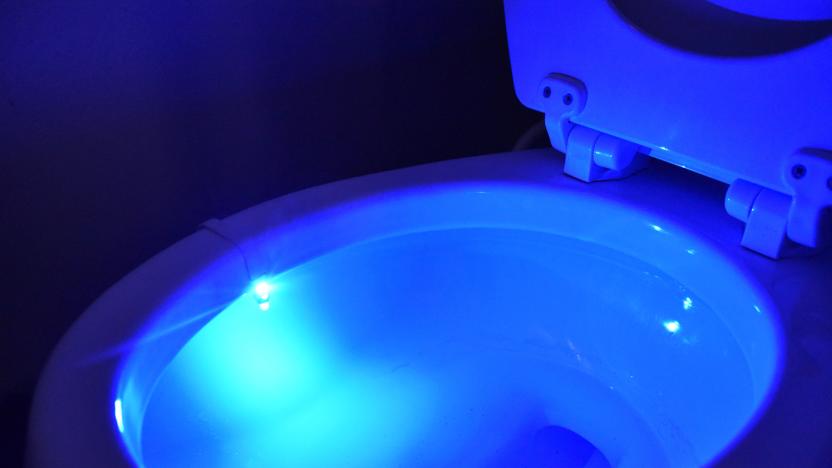
IllumiBowl's latest toilet light also kills germs
IllumiBowl's motion-activated, multi-color toilet night light may have seemed like a silly idea when it first launched, but don't laugh -- it's a practical solution if you'd rather not flick on the regular bathroom light (and momentarily blind yourself) just to do your business. And it appears that enough people bought into the concept to warrant a sequel. The company is crowdfunding a second-generation IllumiBowl light that adds anti-germ cleaning to the mix. The new gadget includes a diode whose "highly focused" non-ultraviolet light kills bacteria without hurting humans. This doesn't mean that your toilet will suddenly be sterile, but it may set your mind at ease in between bowl scrubbing sessions.

Super-fast camera records light-based 'sonic booms'
Scientists have suspected that light can create its own conical wakes, like a sonic boom, but how do you capture something that happens so quickly? With a very fast camera, naturally. Washington University in St. Louis has recorded these photonic shockwaves using a "streak camera" that measures both the image and temporal data at 100 billion frames per second. To visualize the cones, the team shot very fast green laser pulses (just 7 picoseconds long) through a tunnel full of dry fog and placed between plates made from aluminum oxide and silicone rubber. Since the laser moved faster in the tunnel than in the plates, it produced a sonic boom-like effect as some of the light dragged behind.

Solar beads can make some very cool lamps and flashlights
Conventional solar panels aren't exactly the prettiest objects on the planet, which is why companies like Tesla, SRS Energy and SunTegra have been focusing on blending this technology into roof tiles. As for those who don't have a roof or land to spare, Japan's Kyosemi Corporation has come up with an alternative solution that can let windows and glass walls soak up solar power as well. The magic ingredient? Just a web of "Sphelar" solar cell beads -- each with a diameter of 1.2 mm -- lined up inside any transparent substrate, meaning it can come in any shape or form while letting light travel through the gap between beads. Better yet, due to the spherical nature of these cells, they can capture light from almost any angle -- to the point where they can deliver a higher cumulative output than their conventional counterparts, according to the company.

ICYMI: Relax while a robot takes care of your yard work
try{document.getElementById("aol-cms-player-1").style.display="none";}catch(e){}Today on In Case You Missed It: Kobi is a yard work robot that is purportedly able to clean leaves, mow the lawn and shovel snow, though the promo video shows it very briefly moving snow only, so stand by for reviews on that rush purchase. Meanwhile UCSF researchers found that infant brains actually move neurons around up to three months after birth, which is not something we'd known before. The self-driving car experiment out of the University of Oxford wrapped up with a sweet little send-off video. If you're interested in the LED suit from Red Bull, that video is here. As always, please share any interesting tech or science videos you find by using the #ICYMI hashtag on Twitter for @mskerryd.

Control this smart candle's real flame with your smartphone
Do you like the thought of smart lighting, but think that LED bulbs are a little too modern? No? Well, LuDela has a compromise regardless. It's introducing a namesake smart candle that has you controlling honest-to-goodness fire with a smartphone app -- the company is even cheeky enough to refer to the wireless pairing as "Wi-Fire" (yes, really). You can light or extinguish the flames of multiple candles at once, complete with scene modes that can get just the right look for that special dinner. There's even a safety measure that automatically extinguishes the candle if it's in danger of tipping over.
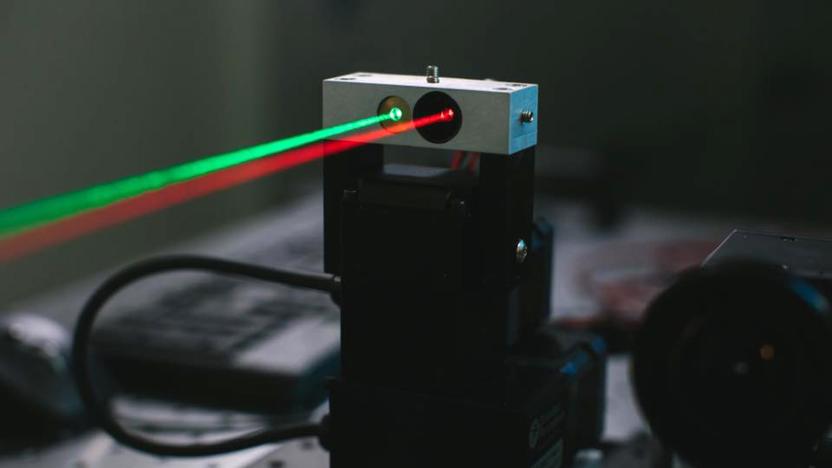
Facebook details a way to offer laser-based internet access
Have you wondered how Facebook might offer high-speed internet access using lasers? The company's Connectivity Lab is happy to show you. It just published a research paper explaining laser beam technology can deliver up to 2Gbps to remote places. The trick, it says, is to use fluorescent optical fibers to collect the light instead of relying on traditional optics. Since the fibers don't emit the same color that they're absorbing, you can shine a brighter light at them (similar to a solar concentrator) and manage an extremely quick turnaround time of under 2 nanoseconds. Combine that with multi-stream data encoding and you get the ample bandwidth that's normally reserved for WiFi and wired networks.
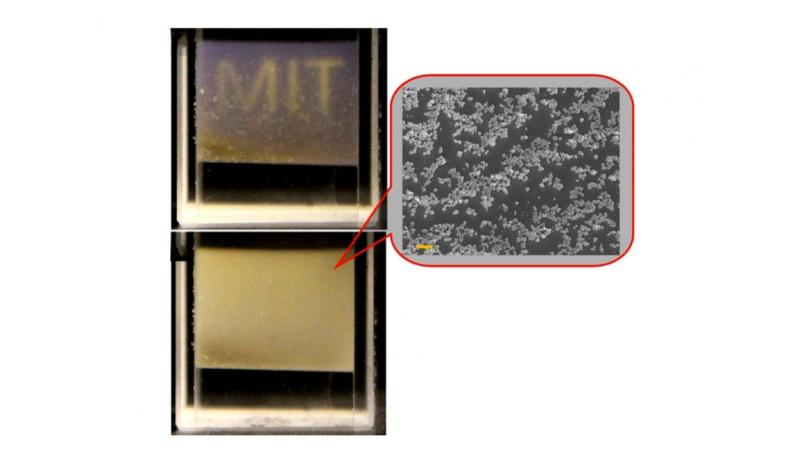
Glass particles in liquid could lead to hologram displays
Shine a torch through a window and then a glass of water and you'll notice how the light changes as it passes through these two substances. Researchers at MIT and Harvard have now discovered what happens when you mix regular liquid and glass (which, as all pedants know, is also sort of a liquid) together and stick it on a stove. The team suspended glass particles in a fluid and found that, when warmed up, its ability to scatter light increased a thousand times. That doesn't mean much right now, but the development has opened a door for research into holographic displays and medical imaging.

New form of light could make fiber optics more secure
When light hits your eyeball, the spinning photons actually twist it (infinitesimally). The force of that spin, known as angular momentum, has always been thought to be a direct multiple of a quantum physics number called Planck's constant. However, scientists from Trinity College Dublin discovered a form of light with an angular momentum that's exactly half that amount. Though that may not sound like a big deal, the discovery could have "real impact on the study of light waves in areas such as secure optical communications," says Professor John Donegan.







